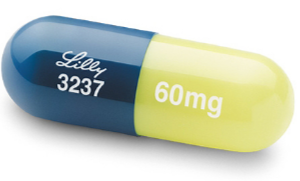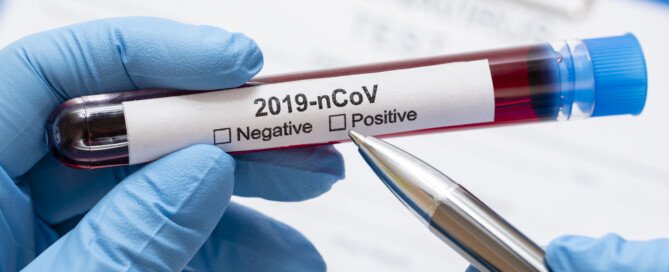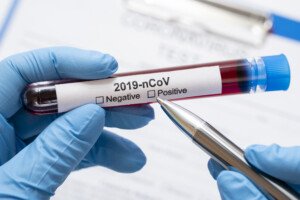Why Do Some Bullied Kids Never Report This to Their Parents?

If your own child were being bullied, would you necessarily know it?
Many bully victims keep this a secret. Why is this? Could YOUR child be one of them? (more…)
Must You Quit Marathons Forever if You Have Chondromalacia?
Chondromalacia is a nightmare for marathon athletes, whether competitive or more on the recreational side.
How Bad Is a Lot of Walking for Knee Osteoarthritis?

Just how much should you walk – or not walk – if you have knee osteoarthritis? Should you save walking for only essential needs? What about fitness walking? (more…)
Can Exercise Prevent Future Knee Problems in Obese Women?
Obese and even morbidly obese women may believe exercise will prevent a total knee replacement or other knee problems. (more…)
Can a Doctor Miss a Breast Lump During a Clinical Exam?

If your gynecologist says everything feels normal after examining your breasts, how likely is it that he or she missed a cancerous lump? (more…)
Can Younger Adults Benefit from Shoulder Replacement Surgery?

If you’re younger than 50, even in your 20s, and have a painful shoulder that doesn’t respond to conservative treatment, should you consider shoulder replacement surgery?
What Are All the Symptoms Fibromyalgia Causes?











































































